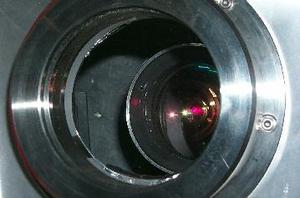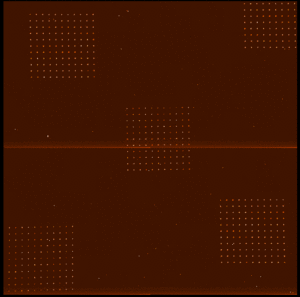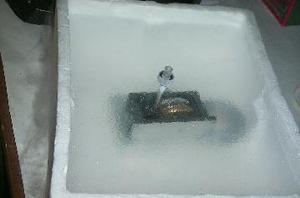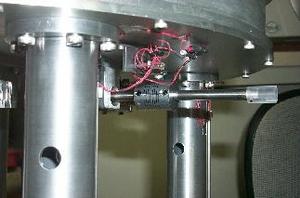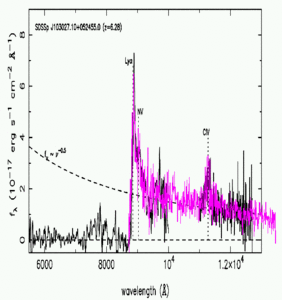NICS succesfully refurbished
During the period February-March 2003, the Nasmyth-A focal station underwent a series of major maintanence works which included re-aligning of the elevation and derotator encoder heads, upgrade of the derotator optics/mechanics and maintenance of the adaptive optics module. These complex operations had virtually no impact on the night-time use of the TNG which smoothly continued with the Nasmyth-B instruments (DOLORES & SARG).
Taking advantage of the relatively long period of inactivity for the Nasmyth-A instruments, the IR-group of the Arcetri Observatory had enough time to study and eventually solve most of the problems suffered by NICS since its first light in Sep 2000. The works included major modifications to the mechanics, optics, electronics and led to an instrument with a much improved image quality (Fig. 1), free of the electronic instabilities which affected one of the array's quadrants, with a much lower electronic cross-talking among the quadrants and with much more precise and reliable mechanical movements (Fig. 2).
NICS is now ready to restart its astronomical work at the TNG offering to the astronomical community a unique combinations of imaging, spectroscopic and polarimetric capabilities with performances challenging even IR instruments mounted on 10m-class telescopes (see Fig. 3).


